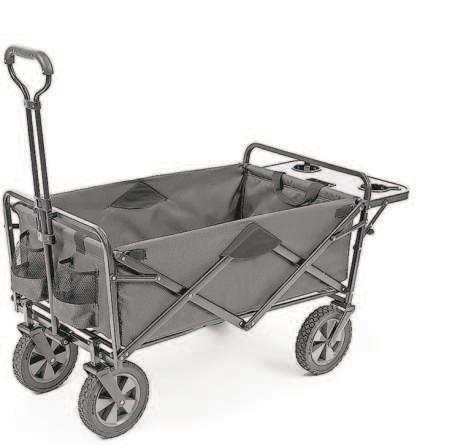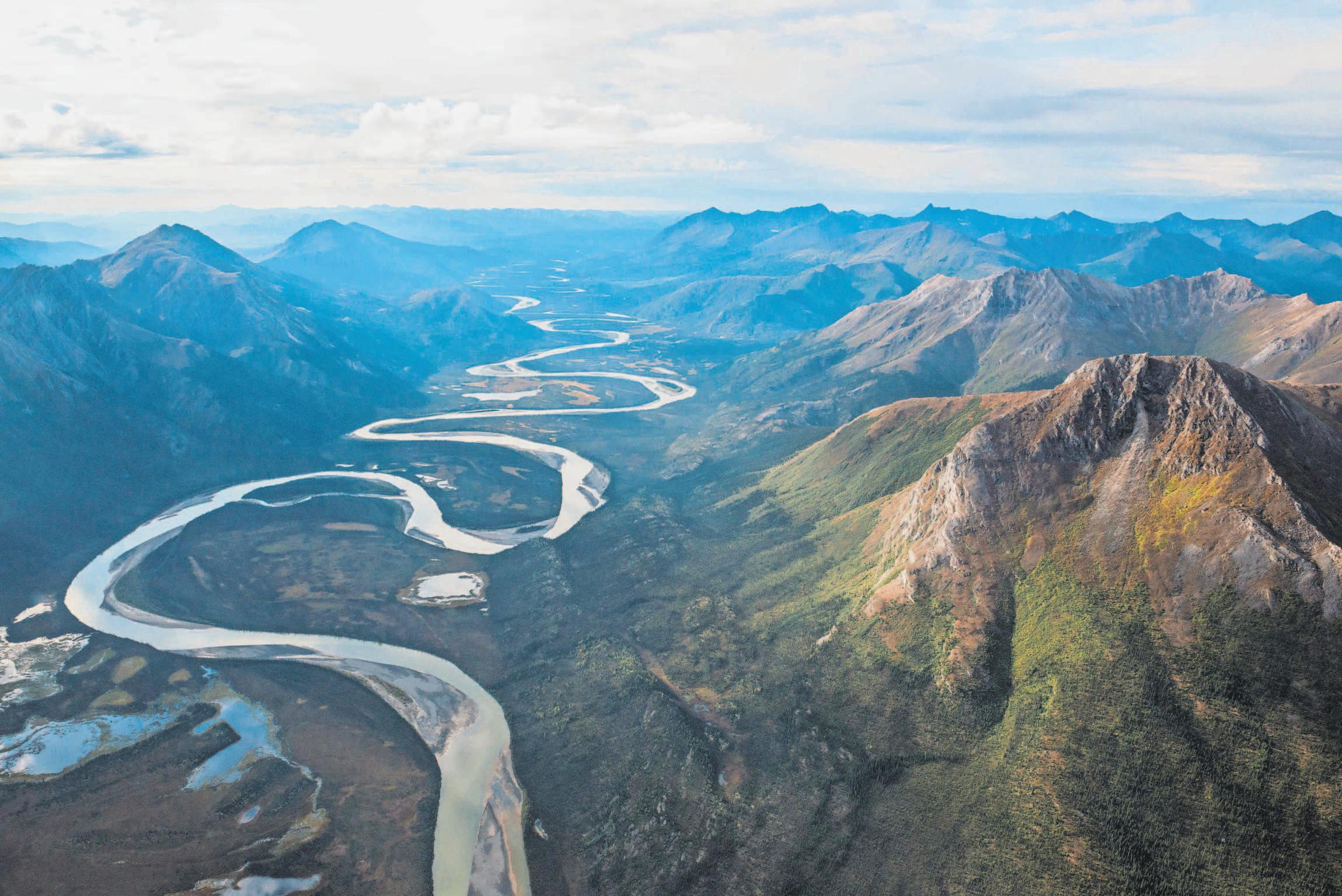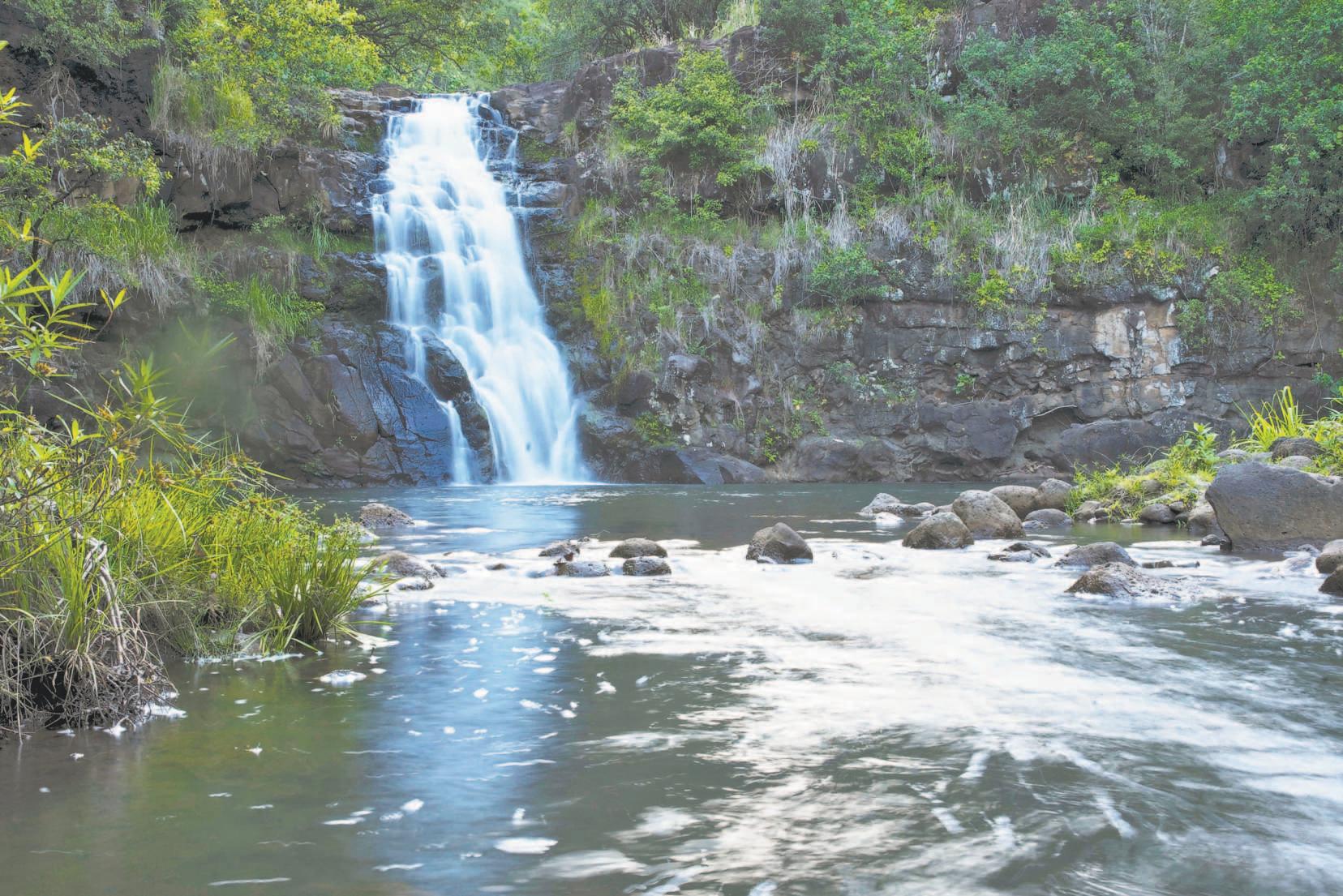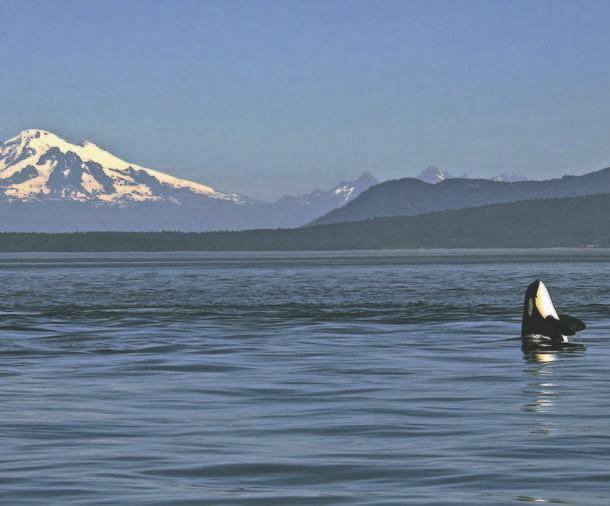
7 minute read
VACATION ESSENTIALS
USA TODAY SPECIAL EDITION
Elevate anything you wear to the beach (while shielding your face from the sun’s harmful rays) with this wide-brim packable straw hat. $59.50, jcrew.com
Advertisement
Whether you want your coffee to stay hot as you hit the beach for sunrise or keep your iced tea cool later in the day, this 24-ounce Tervis tumbler is up to the task. $19.99, publix.com Stay safe and enjoy the refreshing scent of citrus and sea salt with Puracy’s gel hand sanitizer, available in various sizes. $35.97 for a three-pack of 12-ounce bottles, puracy.com UP FRONT | TRAVEL
You can’t have a proper beach day without drinks and snacks, and this 7-quart Igloo Playmate Pal cooler holds just the right amount. $29.99, publix. com



Hours of outdoor fun are practically guaranteed as you strive to set new records for your longest volley with the Majik paddle ball set. $9.99, target.com


Make getting everything you need out to the beach a breeze with the MacSports collapsible outdoor utility wagon, which includes a side table and drink holders.
Starting at $99.97, amazon.com
PROVIDED BY THE COMPANIES
USA TODAY SPECIAL EDITION



USA TODAY SPECIAL EDITION
Under-the-radar spots offer less-crowded adventures
By Cheryl Rodewig
I
T’S DIFFICULT TO OVERSTATE the beauty of Yosemite or the glory of Denali, but you don’t have to visit the most popular national and state parks to experience extraordinary scenery. These lesser-known natural attractions offer everything good outdoor destinations should — recreation, wildlife and landscapes to make an Instagrammer weep — and they’re not on most travel bucket lists (yet). That means you won’t be elbowing other tourists on your way to that scenic overlook. And there’s plenty of room for social distancing, so everyone stays safe.
alaska
Gates of the Arctic National Park & Preserve

SEAN TEVEBAUGH/NATIONAL PARK SERVICE; GETTY IMAGES
Gates of the Arctic National Park & Pr eserve
The country’s least-visited national park , Gates of the Arctic National Park & Preserve draws a mere 10,000 visitors annually to its 8.4 million acres.
“It’s remote and it’s large,” says Pete Christian, National Park Service public affairs officer for Alaska . “In my decade of experience up there, I can hardly remember a time I ran into other visitors because you’re so spread out. From any mountaintop, you can see vistas that stretch for miles. It’s got that gaunt emptiness. You can tell life is on the margins here.”
The park is accessible by foot or plane; there are no trails, signs or cellphone service. If you don’t have serious backcountry survival skills, you’ll need a guide.
Though several air taxis and tour companies have canceled trips through the end of the year, a few are still operating with new COVID-19 safety procedures. If you visit in the fall, you can witness the caribou migration, which Christian likens to a “Serengeti of the North.” The dramatic aurora borealis is best viewed November through March.
Ahjumawi Lava Springs State Park
Surrounded by national forests in rural northern California, this state park is a rugged landscape of lava rock, clear springs, distant mountains and the occasional bobcat at dusk. It’s also one of the state’s least-visited parks, says Steve Moore, Ahjumawi’s first permanent ranger, who built the nine campsites and named the 20 miles of trails.
That’s partially because you need a boat to get there. You’ll also have to bring sanitizer and pack out your own trash, a requirement at all California state parks during the pandemic but standard procedure at Ahjumawi. The park also has no potable water. “But then you have the magic of the place almost to yourself,” Moore says.
That magic covers some 6,000 acres, with herds of deer, ospreys and herons. The fishing is excellent, too — rainbow trout and more abound in Ja-She Creek and Crystal Springs.
“A special treat is a sunset view of the towering Mt. Shasta from Horr Pond,” Moore says. “In the fall, the Oregon white oaks give a splash of gold to the shoreline. The natural splendor will amaze you.”

california
USA TODAY SPECIAL EDITION
GETTY IMAGES; CALIFORNIA STATE PARKS
USA TODAY SPECIAL EDITION
hawaii

HI’IPAKA LLC, WAIMEA VALLEY; GETTY IMAGES
Waimea Valley
Park lovers visiting Oahu flock to Diamond Head, Pearl Harbor and Waikiki Beach. But on the island’s northern coast, a halfhidden valley of gardens, sacred cultural sites and a waterfall await. “People who show up at our visitor center often ask, ‘what is this place?’” says Richard Pezzulo, executive director of Hi’ipaka LLC, the nonprofit organization that owns and manages the valley.
Waimea Valley’s history as a living pu’uhonua, or “place of refuge,” dates back nearly a thousand years. Archaeological sites, including ancient burial grounds and a temple, preserve the past while more than 50 gardens showcase tropical flora — more than 5,000 species, many rare and only grown here.
During COVID-19, staff are requiring masks in some areas, regularly cleaning high-touch surfaces and limiting some activities, like artisan demonstrations.
If you’re seeking solitude, Pezzulo recommends Palm Meadow, shaded with indigenous palms, or a stroll along Kamananui Stream. At the far end of this paradise, you can swim beneath a 45-foot waterfall.
USA TODAY SPECIAL EDITION
oregon and washington
Oregon Dunes National Recreation Area
Covering 40 miles of undeveloped shoreline, the Oregon Dunes National Recreation Area is one of the world’s largest stretches of temperate coastal dunes. With rolling peaks and clustered tree islands, the windswept dunes mirror the vastness of the ocean.
Impressive as it may be, people don’t generally come just for the scenery. The 31,500-acre site is a playground for outdoor enthusiasts, offering kayaking, horseback riding, fat-tire biking and more. It’s the “more” that’s the real draw. Your visit isn’t complete without a ride on the dunes, either by sand rail (a faster, stabler dune buggy) or sandboard.
Most local rental shops — for bikes, boats, boards and buggies — are open and requiring face masks be worn indoors. But out on the dunes, it’s easy to social distance. Lesstrafficked hikes include the Taylor Dunes Trail , which leads to a quiet beach, and an off-trail route to Tahkenitch Creek . If the dune face isn’t too steep, you can wade right into your own secret swimming hole.
UPDATE For the latest status of national park closings, hours and special regulations due to COVID-19, visit nps.gov/coronavirus.

Oregon Dunes National Recreation Area

GETTY IMAGES (2); TRAVEL OREGON
San Juan Islands National Monument

JIM MAYA
San Juan Islands National Monument
Just north of sprawling Olympic National Park is a landscape just as diverse if less known: San Juan Islands National Monument.
Here, you can camp in blissful seclusion. Patos Island , the northernmost in the archipelago, includes a marine state park with primitive campsites, a 19th-century lighthouse and coves once used by smugglers.
Orcas Island, the largest of the islands , features a 2,409-foot mountain and two state parks. (Obstruction Pass to the south is the less frequented one.)
The monument even contains a national park. San Juan Island National Historical Park marks the site of the “Pig War,” a boundary dispute between Britain and the U.S. that nearly escalated to violence over the death of a boar in 1859.
Today, the park blends history and nature with period buildings, a garden, trails and opportunities to spot whales and bald eagles.
On a clear day, you can even glimpse the mountains of North Cascades, Olympic and Mount Rainier national parks.
USA TODAY SPECIAL EDITION














